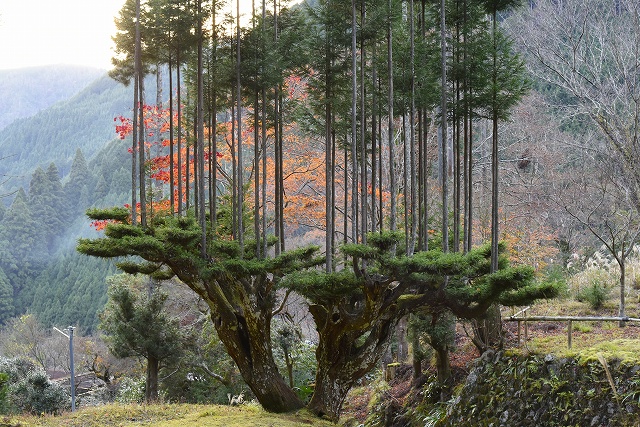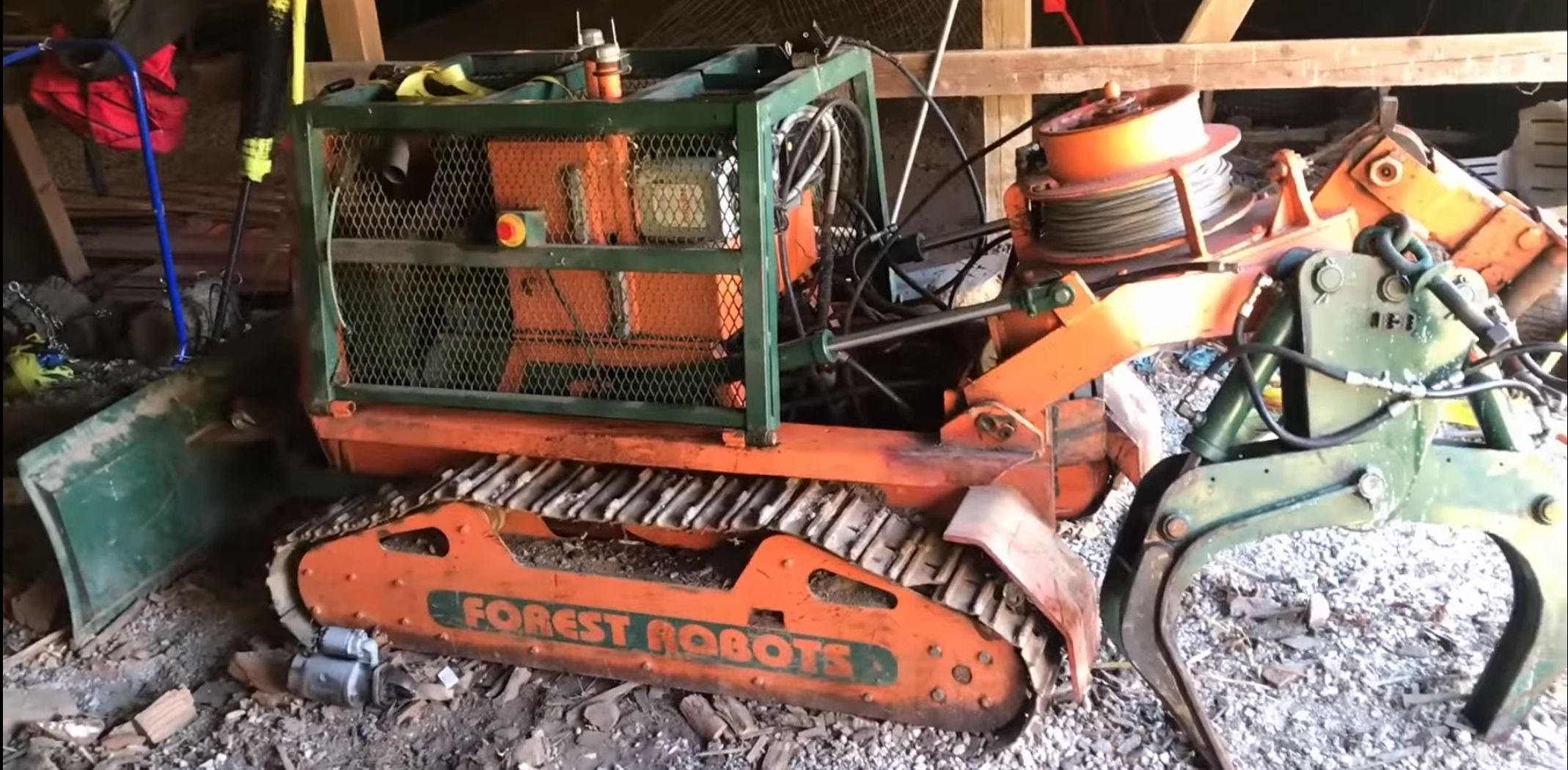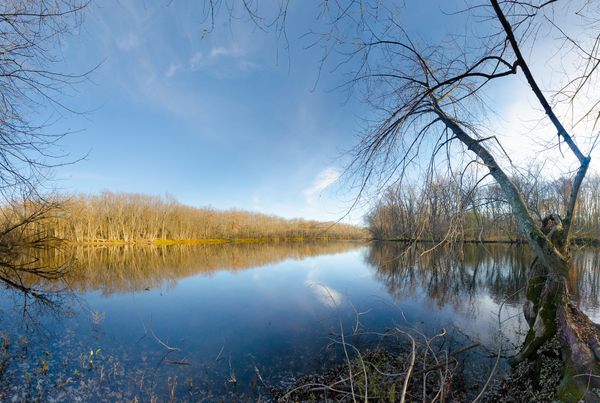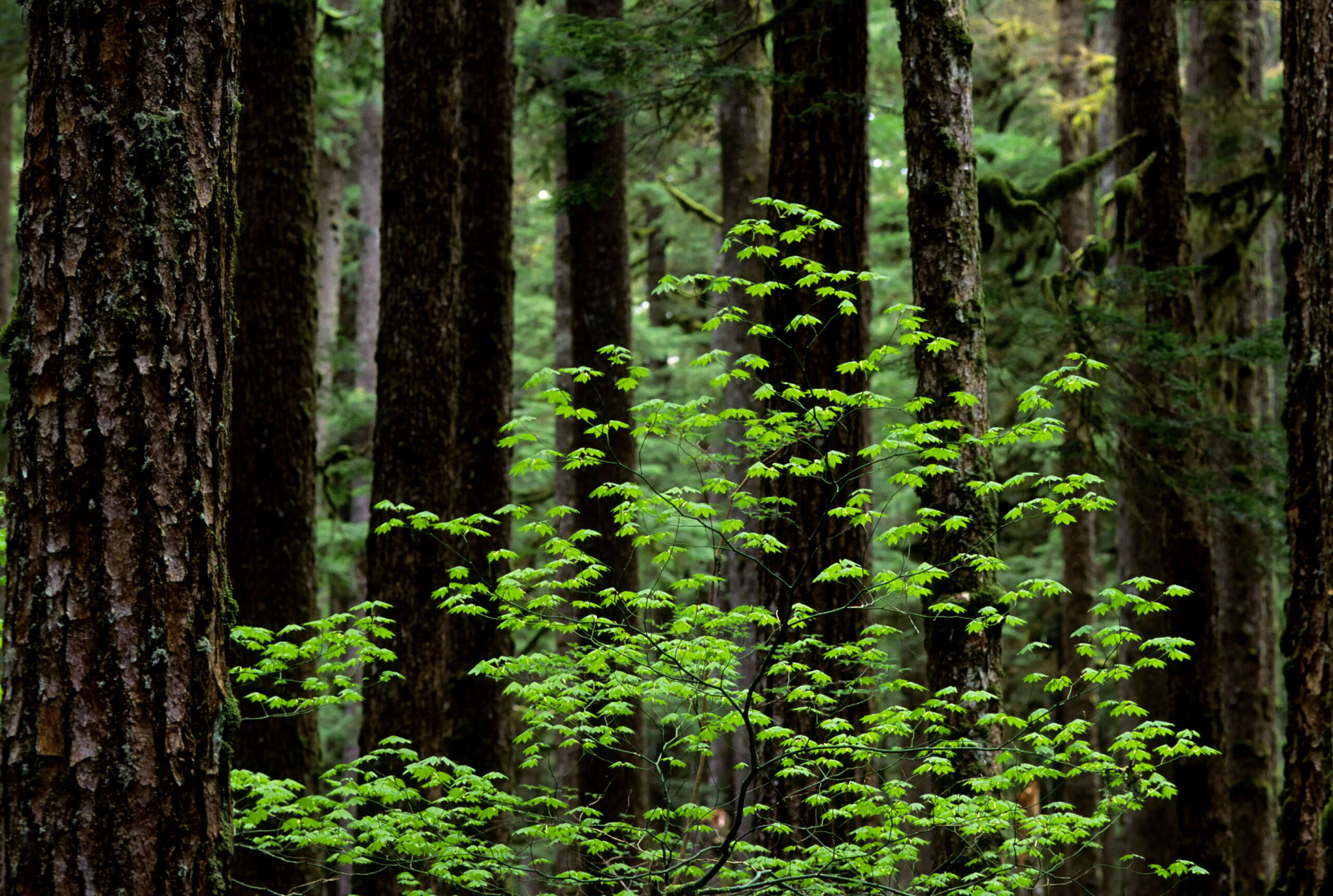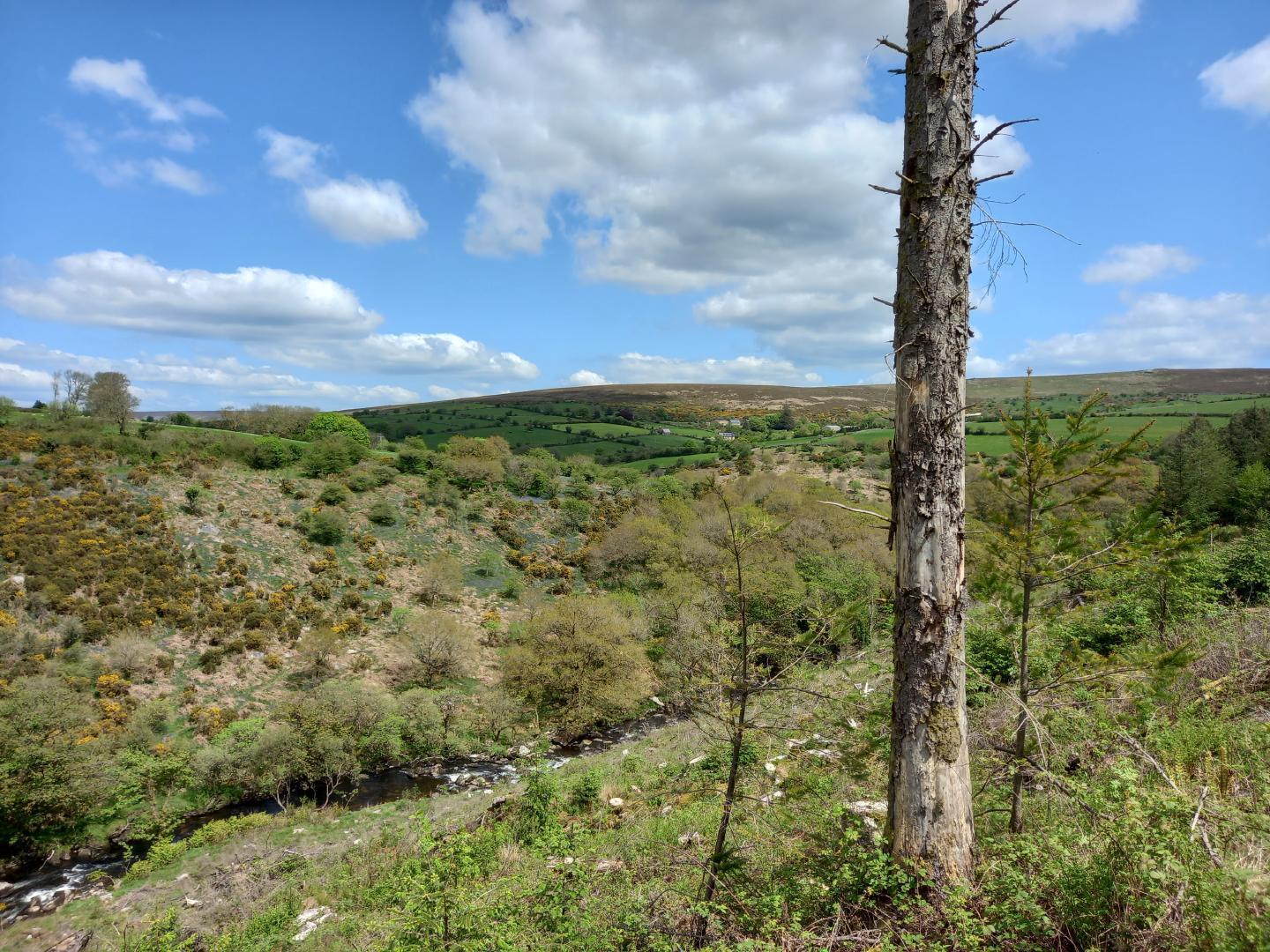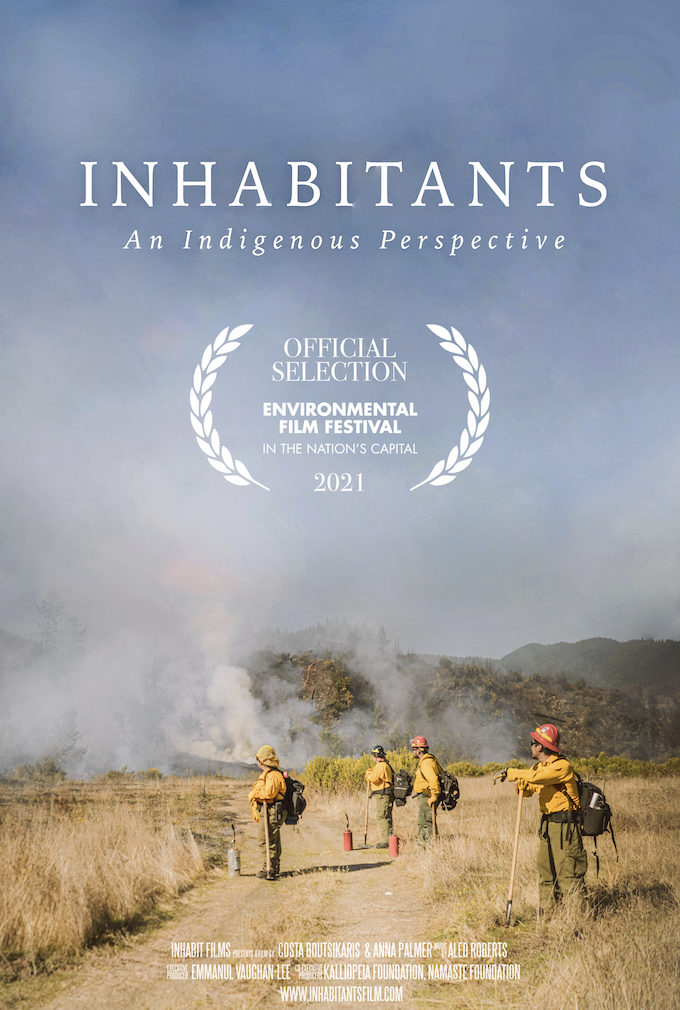https://www.youtube.com/watch?v=q51FMbTOn_Q
A film about Swedish Forestry
Subtitles are available in #English, #German, #Portuguese, #Finnish and #Swedish
Mankind has caused a two-fold global existential crisis. Interlinked threats of climate change and loss of biodiversity are now our most difficult challenges. The policy decisions made in the next few years will be critical. How we manage the world’s forests is central to maintaining biodiversity, protecting ecosystem functions and preserving the climate. Halting the destruction and fragmentation of natural forests as well as restoring, expanding and adapting the world’s forests to climate change is fundamental.
Scientists and the environmental movement have for decades warned about the negative effect that burning of fossil fuels (coal, oil and gas) has on climate and environment. There is no question - the fossil era is over. We must urgently phase out fossil energy, as quickly as possible. The focus, however, must be on reducing all combustion and decreasing energy use, not to replace one carbon-source with another.
At the international level and within the EU, various solutions and policies aim to regulate emissions and stimulate what is hoped to be sustainable solutions. Biofuels from forests are highlighted as a climate-friendly important piece of the puzzle by lobbyists from the biomass and forest industry. In the film, we ask whether burning trees really is a climate-smart alternative?
Decisions will be made, or have already been made, on climate and energy policies that affect the world’s forests. Policies on bio-economy and energy from biomass risk being in strong conflict with protecting biodiversity and mitigating climate change.
The Swedish forestry model is promoted as a success story, promising both climate change mitigation and safeguarding of biodiversity, but is this really true? In this film, a number of prominent independent scientists and experts are helping us examine the claims that the forest industry is spreading about the Swedish forestry model and the bio-economy.
The impact of the Swedish forestry model is not limited to Sweden but has implications for the rest of the world as well. Some of the world’s and EU’s largest forestry, hygiene, paper, furniture and wood companies such as SCA, Holmen, Stora Enso, Sveaskog, IKEA and Essity, all originate from or have their base in Sweden. Some of these companies source wood and pulp and operate in many parts of the world, thus spreading the Swedish forestry model around the globe.
In times of climate change, the forest industry claims to hold the magic wand: Wood. Wood is to be used for everything from energy, disposable articles in cardboard and paper, packaging and makeup, to fuel, for an ever-expanding transport sector. To push this narrative, the forest industry spends millions on advertising, public relations and lobbying in order to present their products and raw materials as the solution for a sustainable future. Representatives of the forest industry and members of Swedish parliament praise the Swedish forestry model which they claim has taken Sweden from ”a more or less deforested nation” hundred years ago to a rich forested nation today.
The forest industry portrays Sweden as a country with vast and increasing forests. The industry goes as far as to claim that: “The forest industry is making biodiversity possible” and that Swedish forestry is balancing the needs of the economy and the environment, and that 2 to 3 trees are being planted for each tree that is felled. Slogans like; for more than 100 years Sweden has been planting more trees than it cuts down, are being spread.
More of everything?
Can we really say that a planted monoculture of pine or spruce in straight lines is a forest? Or is a forest something more than just trees?
#MoreOfEverything #documentary #film #nature #environment #trees #forest #biodiversity #ecosystem #forestry #Sweden #ErikEriksson #ProtectTheForest #docu-films
